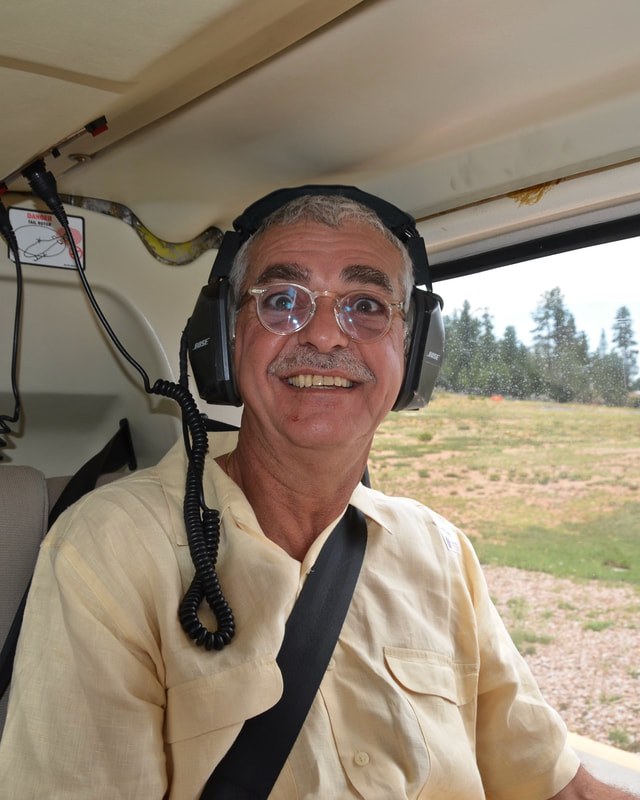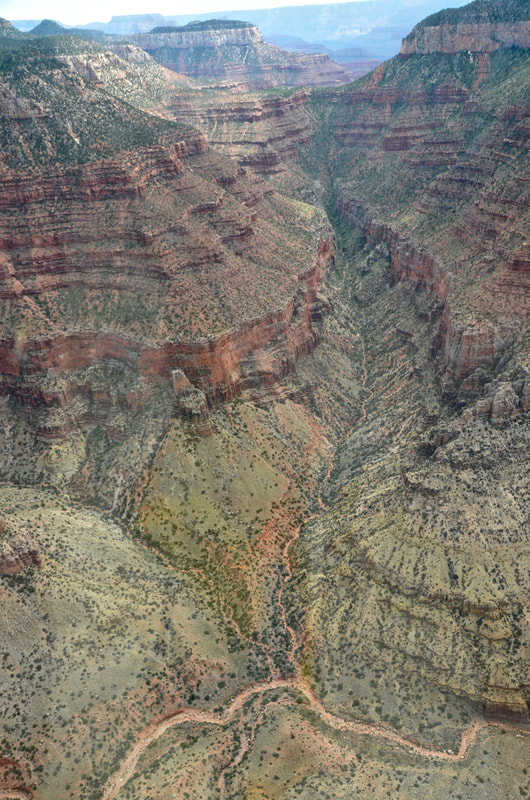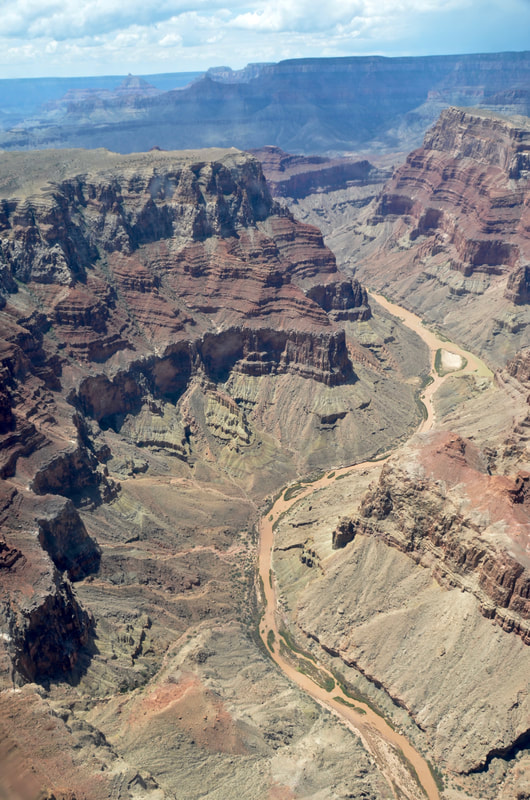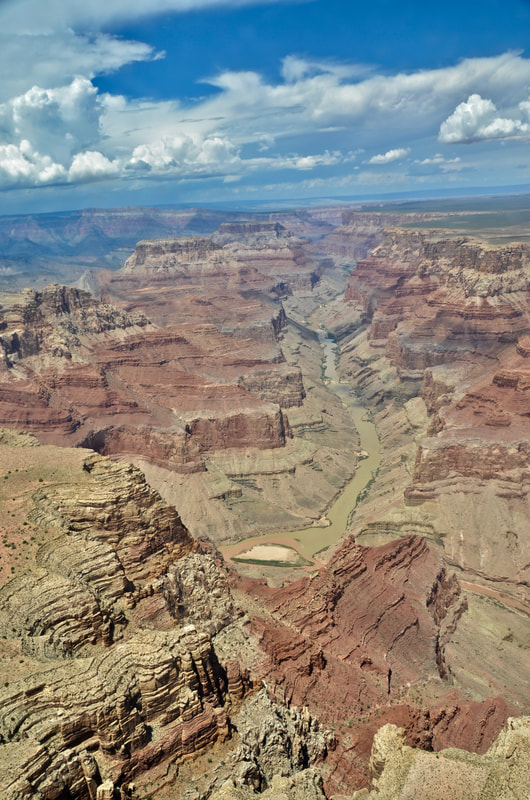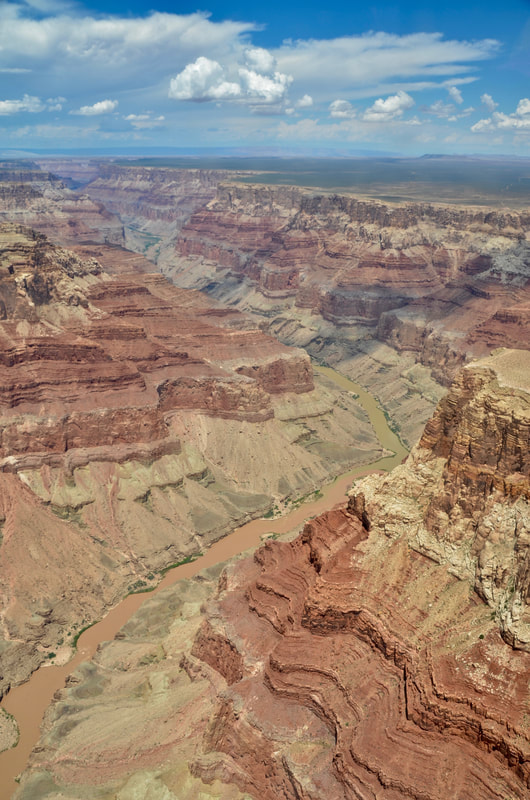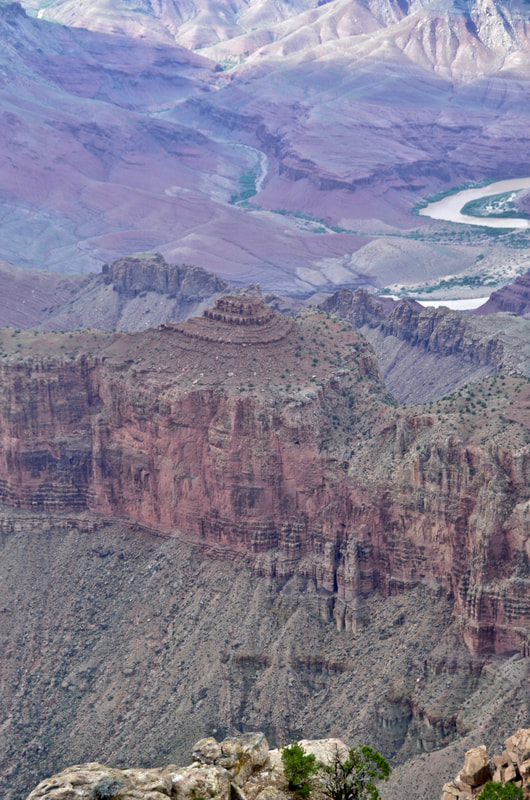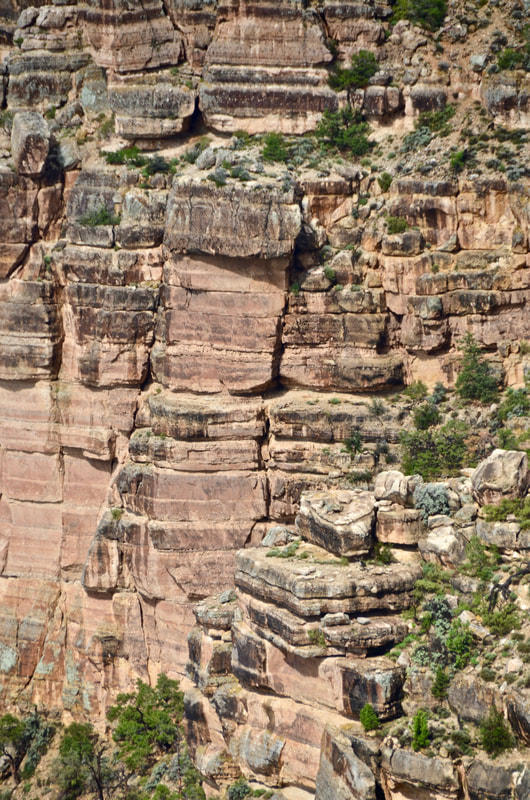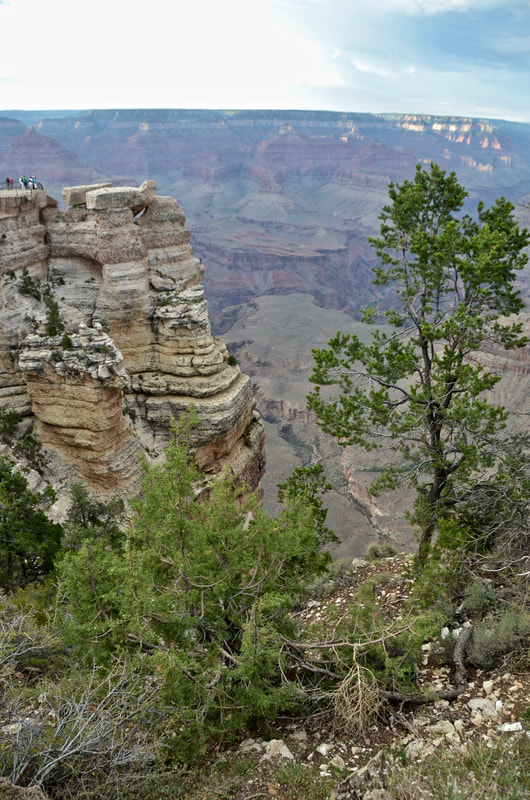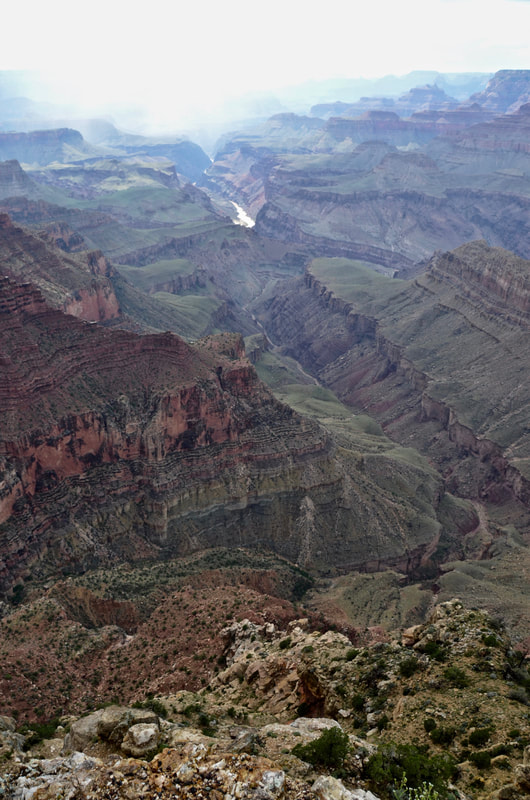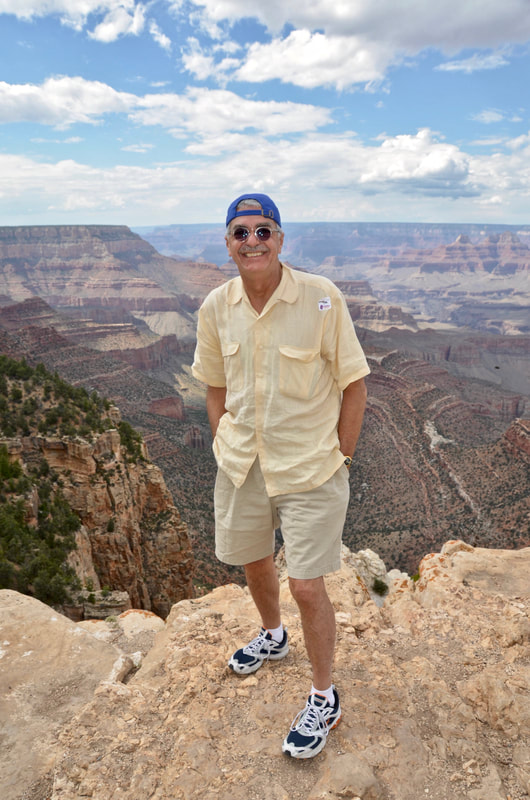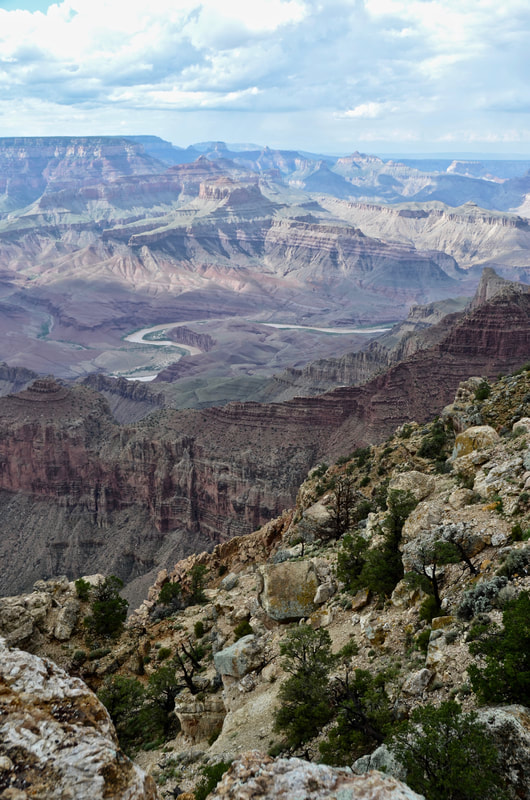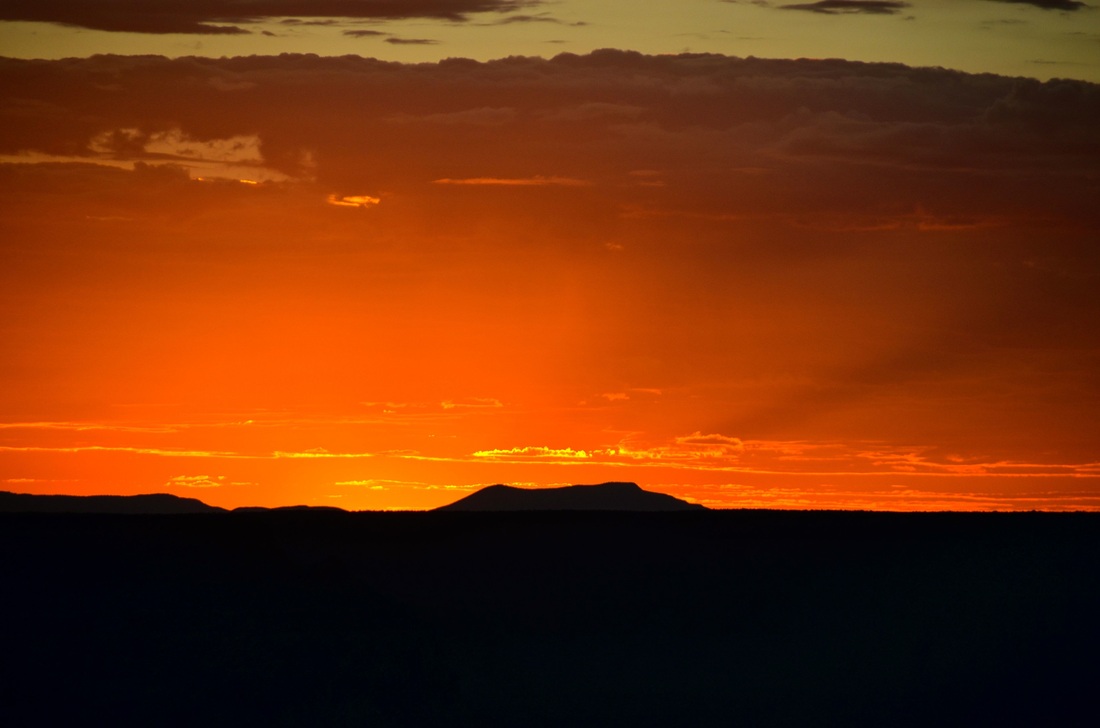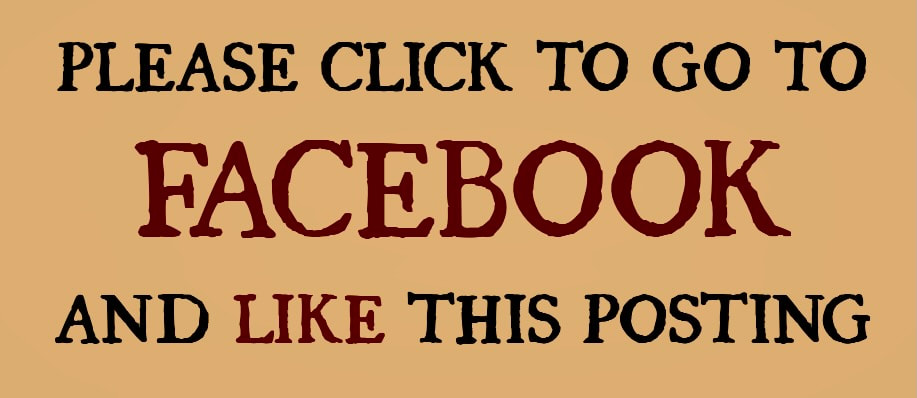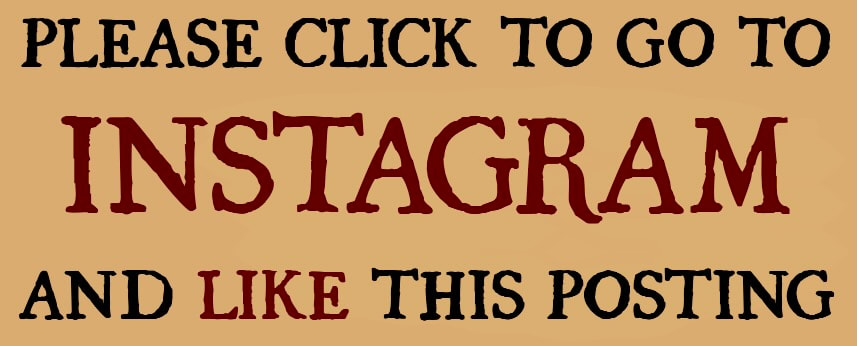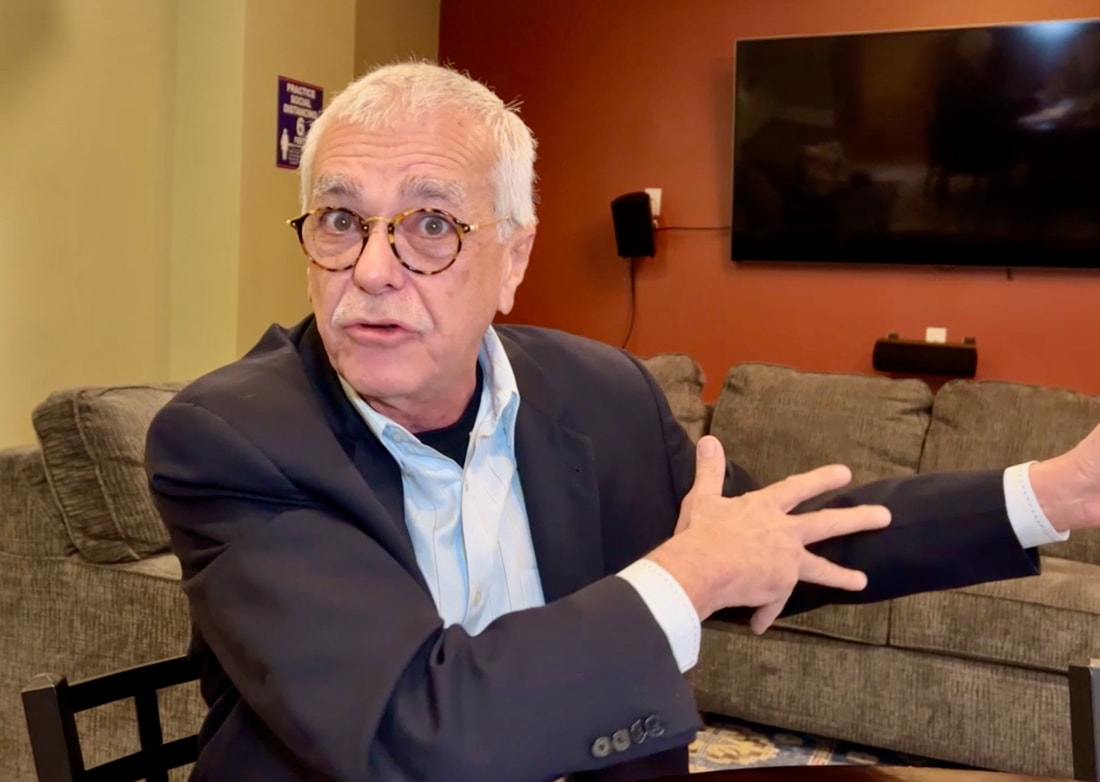26. The Grand Canyon
And the Bucket List of Our Hispanic Heritage
|
By Miguel Pérez
August 14, 2012 - I always wanted to go there. The Grand Canyon was on my bucket list for as long as I can remember. I always thought that it wasn't enough to just see it in pictures. And I was right. Last Monday, Aug. 6, in celebration of my 62nd birthday, I treated myself to a helicopter ride over the Grand Canyon. This time, I was the one taking the pictures and in complete awe! The place is enlightening — spiritually stimulating in a way that no words can describe. You feel special just for being there. But for me, of course, it also was ethnically stimulating — an essential pilgrimage in my search for America's hidden Hispanic heritage. After all, ever since I learned that my Spanish ancestors — the conquistadores — were the first Europeans to see this amazing place, the Grand Canyon has been on my bucket list of Hispanic heritage. When they reported back to Spain, the conquistadores said they found canyons that were "bigger than the great tower at Seville." I spent my birthday trying to locate the view they saw in September of 1540, along the South Rim of the Grand Canyon, somewhere between the lookouts at Moran Point and Desert View. I took pictures from every conceivable angle. For those who don't know this part of American history, because their teachers and historians started counting time only after the British arrived, here's a quick reality check: Exactly 472 years ago, that's 67 years before the British settled Jamestown and 264 years before Lewis and Clark journeyed West — a group of Spanish explorers already were admiring one of the Seven Natural Wonders of the World. They were part of the Francisco Vazquez de Coronado expedition, more than 1,000 people, including more than 300 European soldiers, who trekked north from Mexico City through present-day Arizona and New Mexico in search of the fabled riches of the Seven Cities of Cibola. Having found only native American Zuni and Hopi pueblos and villages without riches and having also heard of a great river to the west of their position, Coronado dispatched a dozen horsemen, led by Captain Garcia Lopez de Cardenas, to ride westbound across what is now northern Arizona to find the river and see if led to the Sea of Cortez, now known as the Gulf of California. Much to their dismay, after riding in circles for almost 20 days, when the conquistadores finally saw the winding Colorado River, it was unreachable — deep down at the bottom of the Grand Canyon. Until now, I could only imagine the look on their faces when they first saw those endless multicolored canyons. But now I can feel what they must have felt. Because Captain Cardenas took so long to get to the Grand Canyon (from the Coronado camp near today's Arizona-New Mexico border) and because his men could not find a way to climb down from the South Rim to the Colorado River, historians believe they were mislead by their Hopi guides, who must have known better but were unwilling to share the canyon or the river with foreigners. After three days of trying to find a passage from the rim to the river — with their guides apparently unwilling to help — and after some of them managed to go down only a third of the way, Cardenas and his men returned to Coronado and reported finding a river that was out of reach and too rough to navigate. "Coronado took the information, dismissed further western exploration, uprooted his encamped men, and moved them out to the east to overwinter in Texas," notes Todd R. Berger in his book, "It Happened at Grand Canyon." Berger and other writers who have at least bothered to recognize this period of American history usually conclude that by misleading the conquistadores, the Hopi guides bought their people two more centuries without foreign intervention. Indeed, it wasn't until 1776 that European eyes saw the Grand Canyon again — and again they were Spanish eyes. Almost 236 years after it was first seen by Coronado's conquistadores, Fray Francisco Tomas Garces, a Franciscan missionary, came upon the Grand Canyon as he trekked across the desert on a mission to convert Native Americans to Christianity. "I traveled four leagues southeast, and south, turning to the east; and halted at the sight of the most profound canyons which ever onward continue; and within these flow the Rio Colorado," Garces wrote in his diary on June 26, 1776. "There is seen a very great sierra, which in the distance (appears) blue; and there runs from southeast to northeast a pass open to the very base, as if the sierra were cut artificially to give entrance to the Rio Colorado in these lands." Garces even gave the canyon a name: "Puerto de Bucareli," in honor of Antonio Maria de Bucareli, the viceroy of Mexico. And although that name did not stick — John Wesley Powell named the Grand Canyon when he explored the area in the early 1870s — Garces was the first to refer to the river as the Colorado, which is the Spanish word that perfectly described the "redish" sediment that still flows on its waters today. On my birthday last Monday, as I drove up and down the South Rim recharging my ethnic batteries, and digging out the roots of America's hidden Hispanic heritage, I had to check out the literature on sale at the main Grand Canyon National Park bookstore. After browsing through more than 100 books by or about every Anglo-Saxon who has ever explored the Grand Canyon, I had to inquire: "Do you have anything on the Spanish sightings of the Grand Canyon?" I asked the store clerk. "The first European sightings," I insisted. "You know, I've had that question asked before," she said as she began to browse through the books herself. And when she finally located Berger's book and realized that it only included nine pages on the Spanish history of the canyon, she became very apologetic. "I'm sorry we don't have more," she said. "Me too," I said. "It's all part of America's hidden Hispanic heritage." COPYRIGHT 2012 CREATORS.COM |
En español
|
Video from a helicopter: |
|




